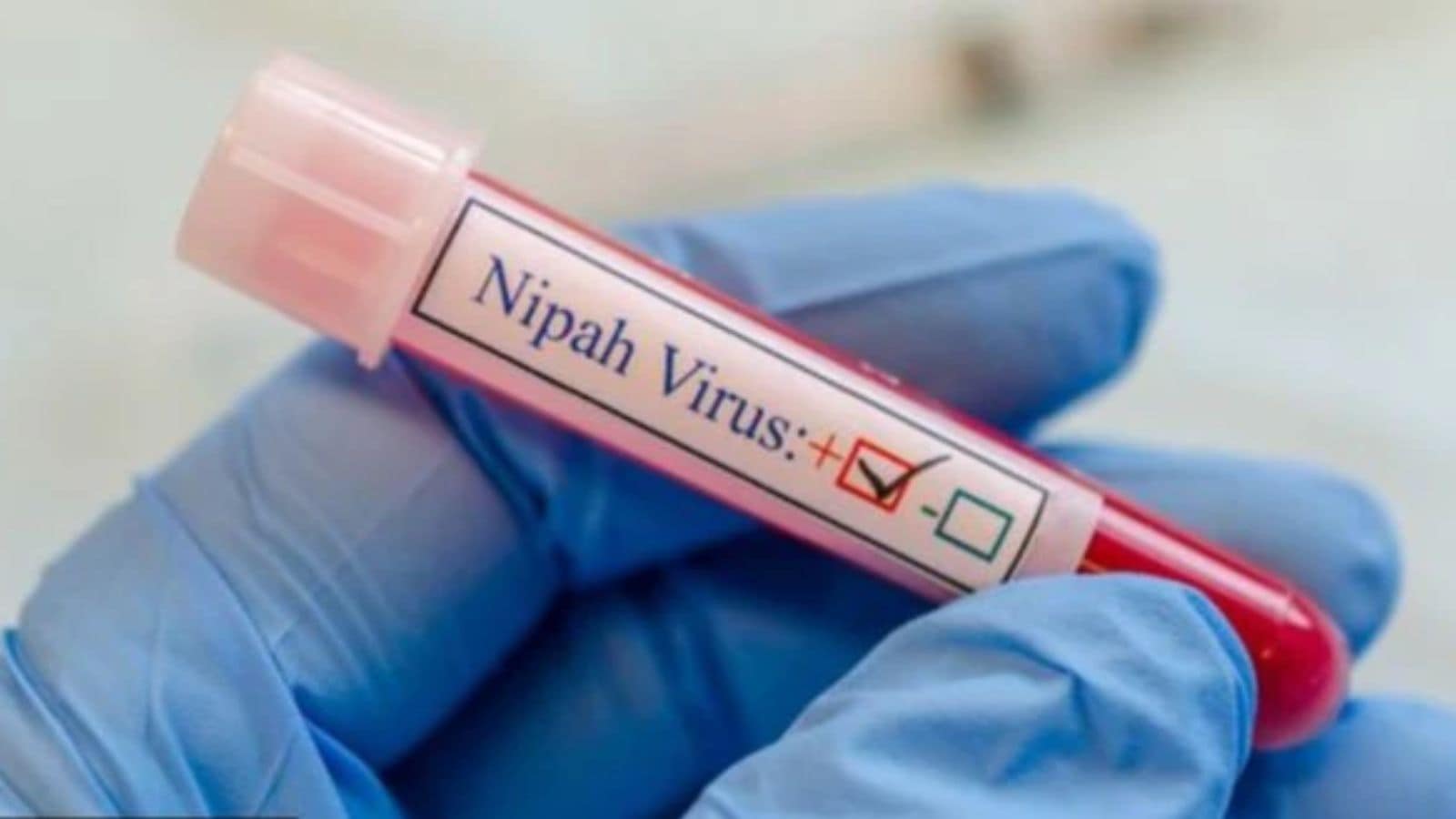 |
|
The recent alert sounded by the Kerala Health Department regarding suspected Nipah virus cases in Palakkad and Malappuram districts highlights the ongoing threat posed by zoonotic diseases and the importance of robust public health surveillance and response systems. The detection of these cases, followed by the immediate implementation of containment measures, reflects the lessons learned from previous Nipah outbreaks in the state. The involvement of multiple government bodies and the formation of specialized committees underscore the coordinated effort required to effectively manage such health crises. The swift dispatch of samples to the National Institute of Virology (NIV) in Pune for confirmation demonstrates a commitment to adhering to established protocols and ensuring accurate diagnoses, which is paramount for implementing targeted interventions. The quarantine of healthcare workers who treated the suspected cases further emphasizes the critical need for protecting frontline personnel and preventing nosocomial transmission.
The history of Nipah outbreaks in Kerala, dating back to 2018, reveals a pattern of seasonal occurrences, primarily during the rainy season from May to September. This temporal correlation suggests environmental factors may play a role in the virus's transmission dynamics. The identification of fruit bats as the reservoir of the virus is a crucial piece of epidemiological information. The fact that previous investigations found evidence of the virus in fruit bats collected from affected areas strengthens the evidence linking these animals to the outbreaks. Further investigation focusing on the specific transmission pathways from bats to humans is warranted. The article mentions the consumption of hog plum fruit by a minor boy in Pandikkad village, where fruit bats are known to be present, as a potential route of infection. This incident underscores the need for public awareness campaigns to educate communities about the risks associated with consuming potentially contaminated fruits and vegetables, especially in areas where fruit bats are prevalent.
The high mortality rate associated with the Bangladeshi strain of the Nipah virus, which has been identified in Kerala outbreaks, is a major cause for concern. The article mentions a mortality rate of up to 90 percent, which highlights the severity of the disease and the urgent need for effective treatments and preventive measures. The fact that only a small number of infected individuals have survived in past outbreaks reinforces the challenges in managing the infection. The analysis of previous Nipah incidents has shown a genetic similarity between the virus found in affected persons and the virus detected in fruit bats, further supporting the role of these animals in the transmission chain. The identification of hospital transmission as a secondary route of infection, as revealed by the 2018 outbreak study, emphasizes the importance of strict infection control measures in healthcare settings. Proper sanitation, personal protective equipment (PPE) usage, and isolation protocols are crucial for preventing the spread of the virus within hospitals and clinics.
The article points out that viral fevers and influenza are common during the rainy season, which can complicate the early diagnosis of Nipah. This diagnostic challenge underscores the need for heightened clinical suspicion and the use of sensitive and specific diagnostic tests. Healthcare professionals need to be vigilant in considering Nipah as a differential diagnosis in patients presenting with relevant symptoms, especially those with a history of exposure to potential risk factors. Furthermore, rapid and accurate diagnostic testing is essential for confirming cases and initiating timely interventions. The reliance on the NIV in Pune for final confirmation highlights the importance of specialized reference laboratories in supporting outbreak investigations and providing definitive diagnoses.
The proactive measures taken by the Kerala Health Department, including the sounding of an alert and the implementation of containment zones, are crucial for preventing further spread of the virus. The formation of specialized committees in the affected districts demonstrates a coordinated and multi-sectoral approach to managing the outbreak. The involvement of district collectors in finalizing containment zones reflects the importance of local leadership in implementing public health measures. The emphasis on containment measures suggests a strategy focused on isolating infected individuals, tracing contacts, and preventing further transmission within the community. These measures are essential for controlling the outbreak and minimizing the impact on public health.
In conclusion, the Nipah virus alert in Kerala underscores the persistent threat of zoonotic diseases and the need for ongoing vigilance and preparedness. The identification of fruit bats as the reservoir of the virus, the high mortality rate associated with the Bangladeshi strain, and the challenges in early diagnosis all highlight the complexities of managing this infection. The proactive measures taken by the Kerala Health Department, including surveillance, containment, and diagnostic testing, are critical for mitigating the impact of the outbreak. Public awareness campaigns, education on safe practices, and strict infection control measures in healthcare settings are essential for preventing future outbreaks and protecting public health. Sustained investments in research, diagnostic capacity, and public health infrastructure are necessary to ensure that Kerala and other regions are adequately prepared to respond to emerging infectious disease threats.
Source: Kerala sounds Nipah alert after cases in Palakkad and Malappuram
